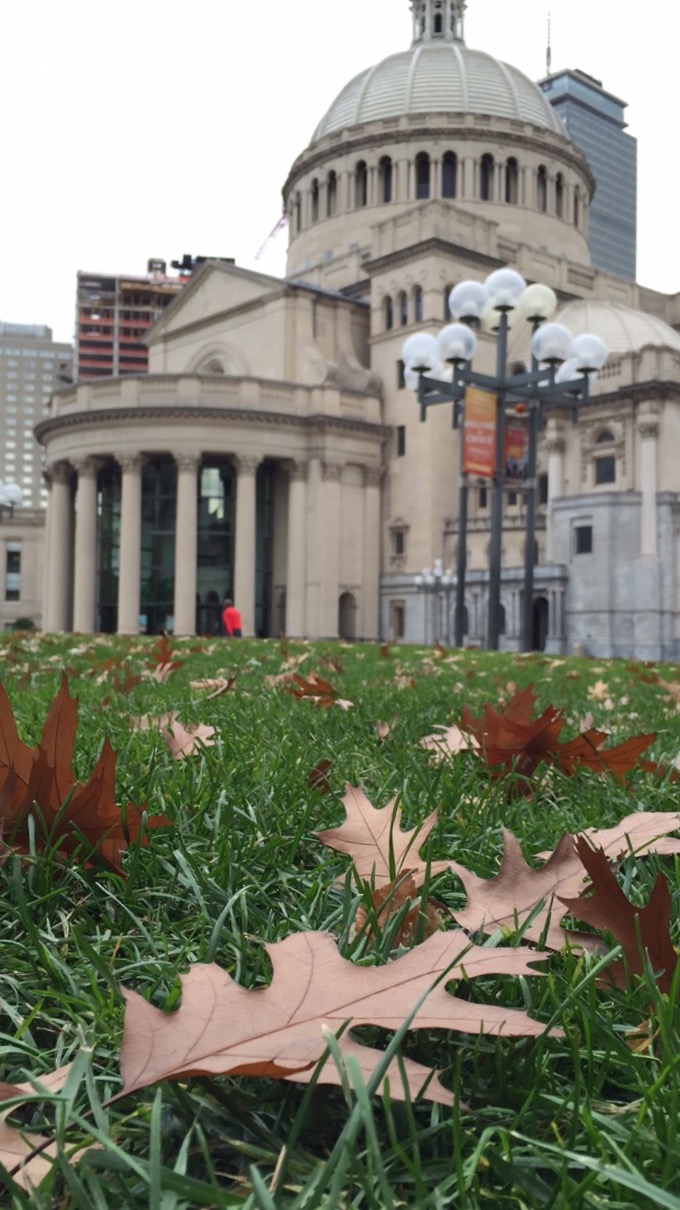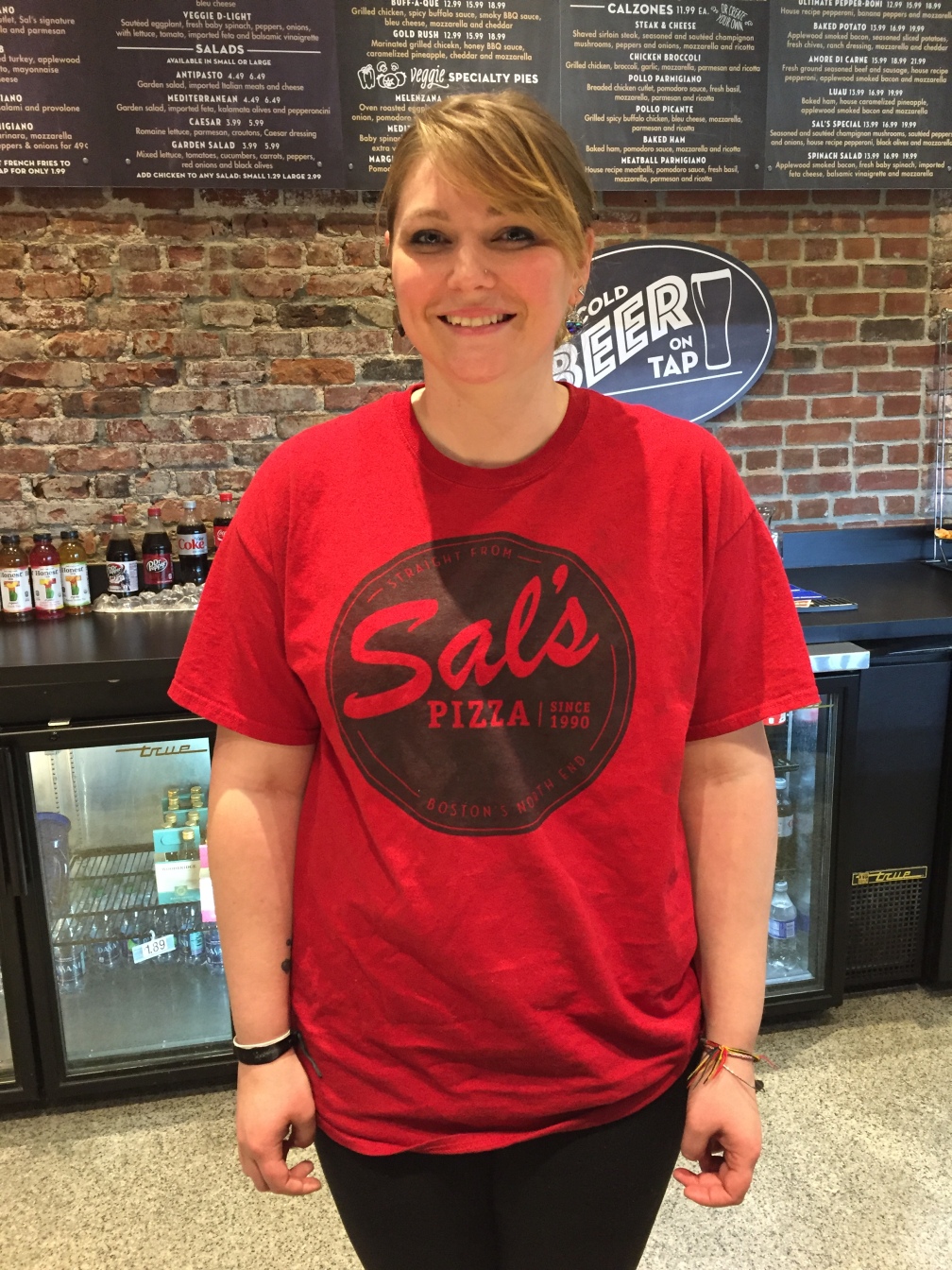Massachusetts is one of the many states across the nation experiencing an opioid epidemic. In 2012, 668 Massachusetts residents died from unintentional opioid overdoses, a ten percent increase from 2011, according to the findings of the Opioid Task Force and Department of Public Health Recommendations on Priorities for Investments in Prevention, Intervention, Treatment and Recovery. It was recently reported in Boston magazine that 1,256 people died of overdoses in Massachusetts in 2014, 317 more deaths than the year before.
“The Massachusetts State Police reported that in jurisdictions in which they respond to homicides at least 140 people died of suspected heroin overdoses between November 2013 and March 2014.” -Massachusetts Department of Public Health

In the Fenway and Longwood Medical Area, there are two nearby resources for people to go to get treatment for opioid addictions. The Opioid Dependence program at HKD Treatment Options on Boylston St. offers patients medication-assisted treatment with either suboxone or vivitrol, which have shown to have the best results when used in addition to counseling.
Boston Children’s Hospital on Longwood Ave. offers clinical services to children and adolescents struggling with addiction through its Adolescent Substance Abuse Program (ASAP). This program identifies, diagnoses and treats young people’s substance use problems and disorders with the help of trained pediatricians, licensed social workers and psychiatrists. Services and support like individual counseling, group therapy, drug testing and medical treatment for recovery from opioid dependence are also available.
“In Fenway, there is a park on Peterborough Street called Ramler Park, and I know that there have been issues there with people going to shoot up there, or potentially overdosing there, so I think there’s some community concern around that,” said Sweeney, who believes that non-violent drug addicts should be put in treatment instead of being taken to jail.
“My understanding is that the whole health system is so overwhelmed by this epidemic that prisoners are probably not a high priority, and that they face the same waiting list that anybody else does,” said Sweeney. “My assumption is that prisoners are not given proper care.”
Sweeney is one of many people who now believe that we should “stop treating addiction like a crime and start treating it like a disease,” and is therefore supportive of a drug treatment centers being built in his area. This epidemic is something that needs to be addressed, and people need the right kind of care and attention to remedy it like the programs that exist at HKD Treatment Options and Boston Children’s Hospital.
